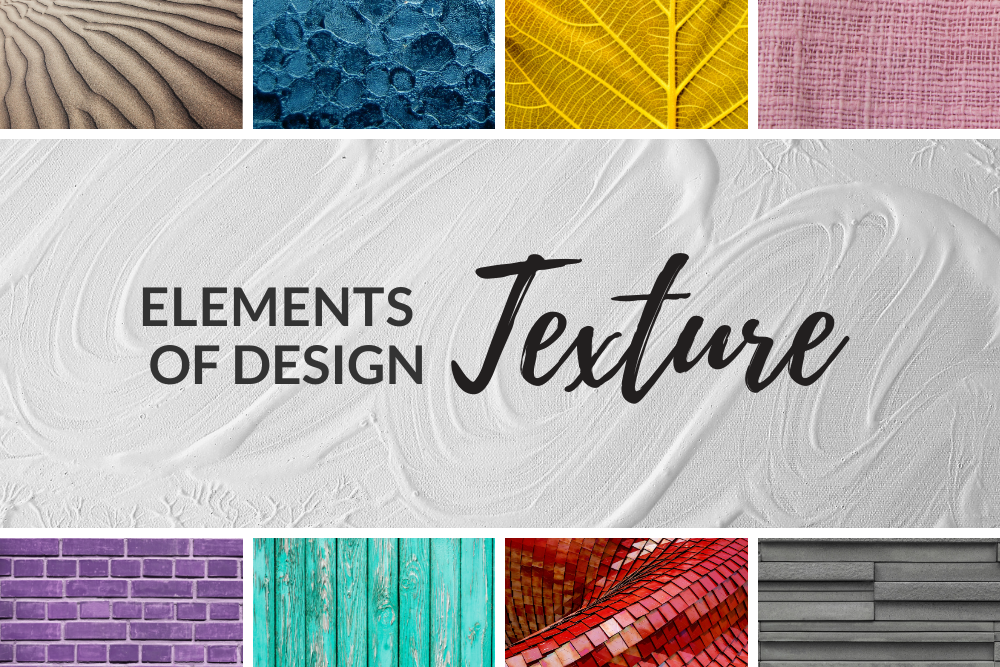
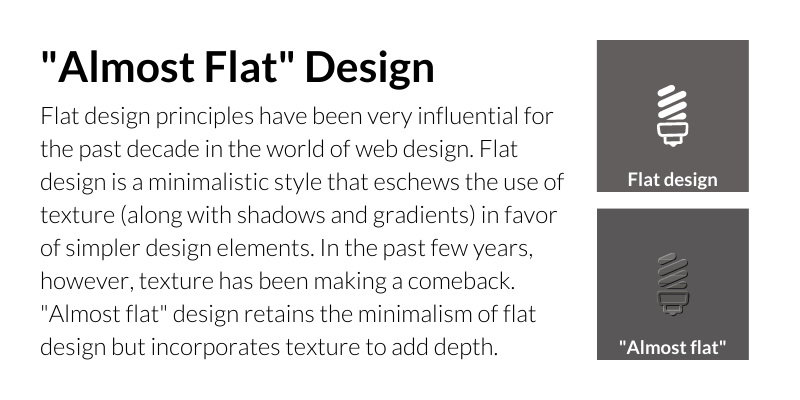
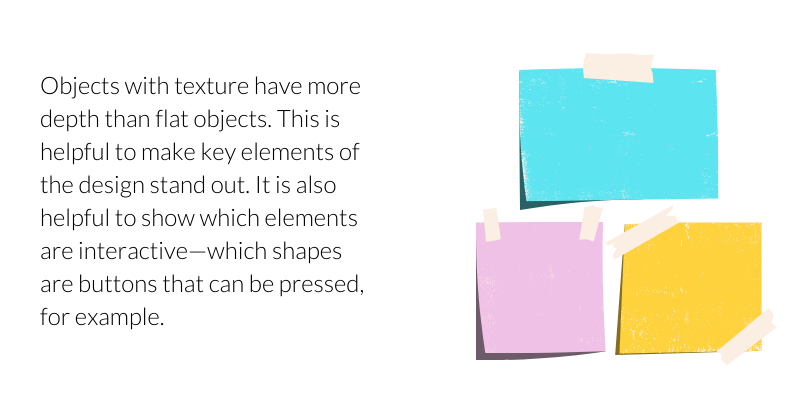

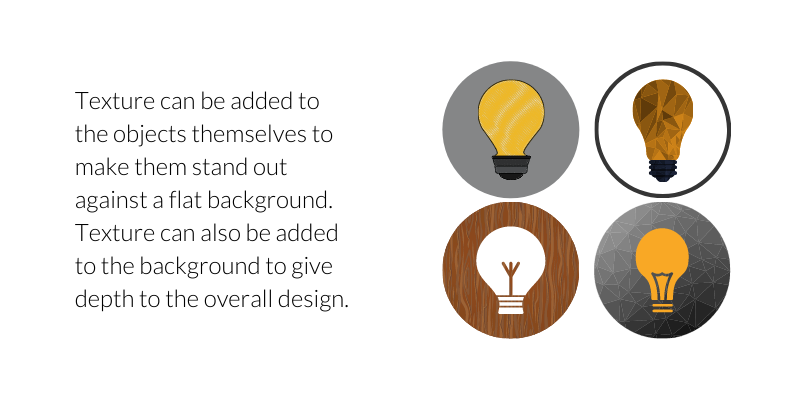
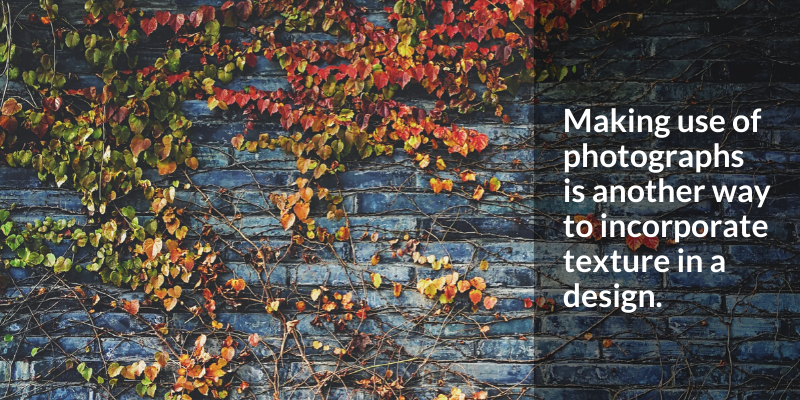
Additional resources:
If you want to add texture to a design, check out The Pattern Library. This is a curated collection of patterns you can download and use.
Use of Space
Principles of Design






If you want to add texture to a design, check out The Pattern Library. This is a curated collection of patterns you can download and use.